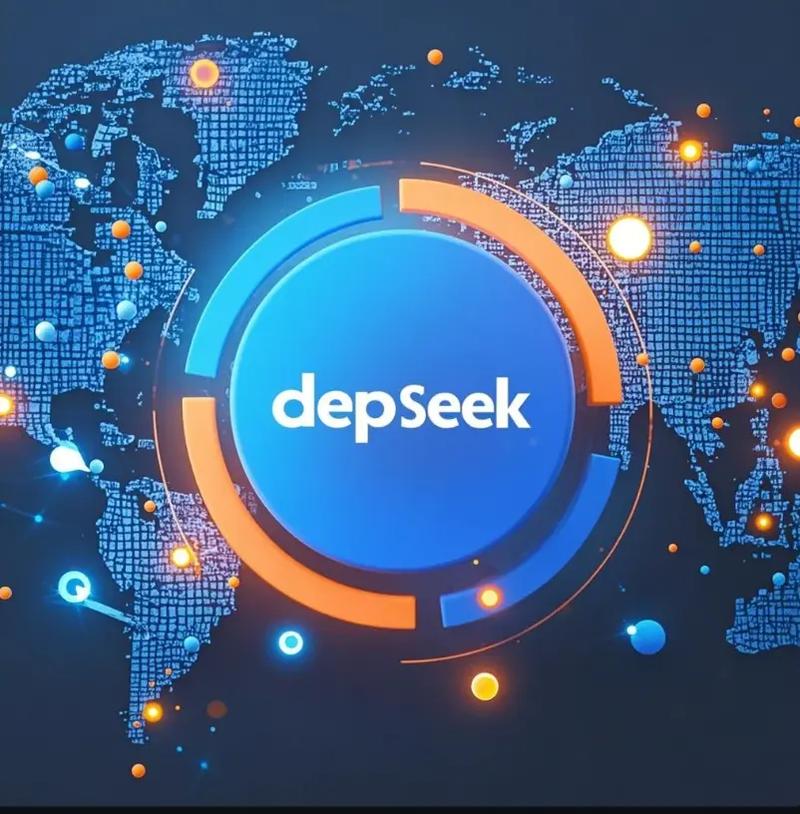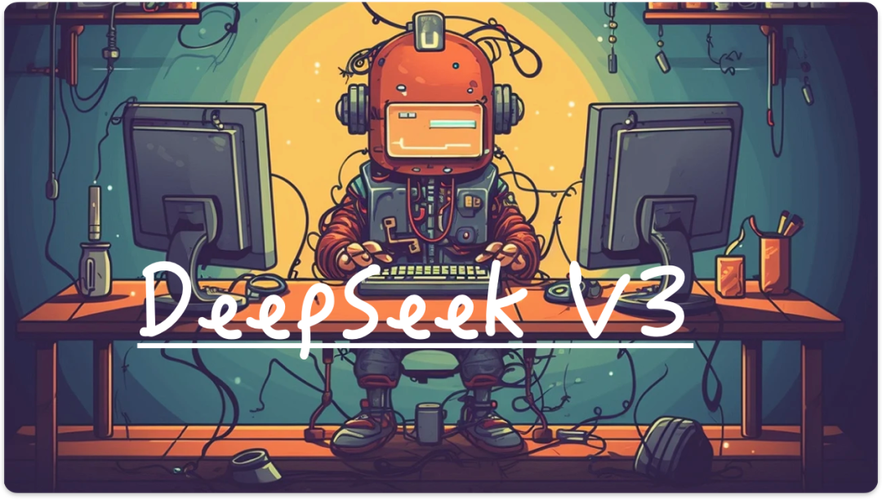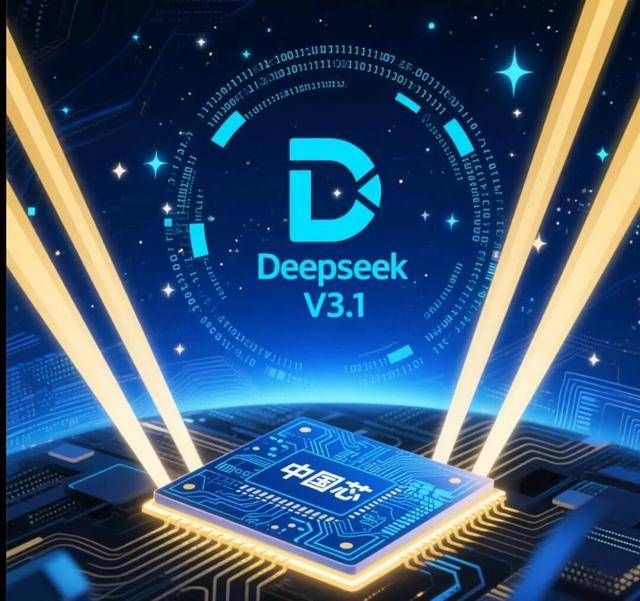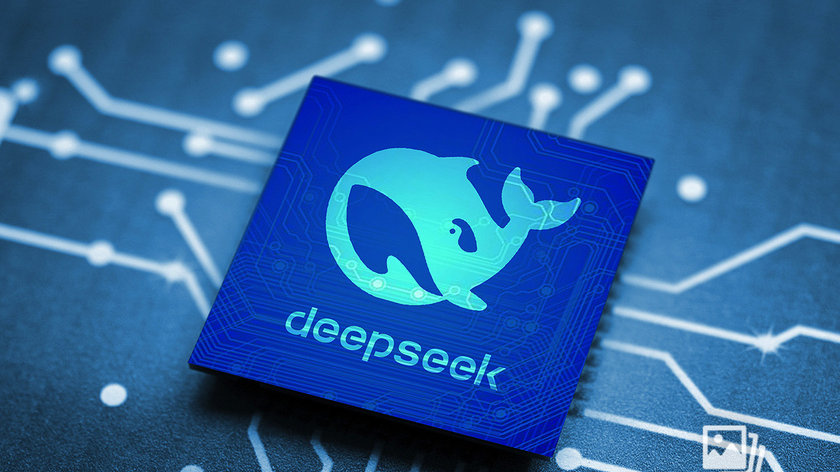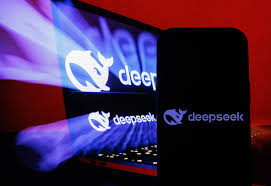DeepSeek vs GPT-4: Performance Benchmarks in 2025
Introduction
As generative AI models become central to modern applications in software development, research, business automation, and content creation, comparing the capabilities of top contenders becomes crucial. Two standout models in 2025 are DeepSeek V3-0324 and OpenAI's GPT-4o. Both models push the limits of reasoning, natural language understanding, coding proficiency, and multilingual support.
In 2019, the company began constructing its first computing cluster, Fire-Flyer, at a cost of 200 million yuan; it contained 1,100 GPUs interconnected at 200 Gbit/s and was retired after 1.5 years in operation.[24]
By 2021, Liang had started buying large quantities of Nvidia GPUs for an AI project,[26] reportedly obtaining 10,000 Nvidia A100 GPUs[27] before the United States restricted chip sales to China.[25] Computing cluster Fire-Flyer 2 began construction in 2021 with a budget of 1 billion yuan.[24]
This in-depth analysis will benchmark DeepSeek and GPT-4 across key performance metrics — including accuracy on standardized tasks, speed, cost-efficiency, response quality, and real-world applicability. We aim to guide developers, businesses, and researchers in selecting the best model for their unique use case.
Section 1: Technical Overview
DeepSeek V3-0324
Parameters: 671B (37B activated per inference via Mixture-of-Experts)
Context Window: 128K tokens
Architecture: Sparse Mixture-of-Experts (MoE)
Training Cost: ~$5.6 million over 57 days
Specialization: Multilingual NLP, efficient inference, instruction following, coding
GPT-4o (Omni)
Parameters: Undisclosed (dense architecture)
Context Window: 128K tokens
Architecture: Dense Transformer
Specialization: Vision, audio, text fusion, advanced reasoning, coding, creative writing
Section 2: Benchmark Comparisons
1. Reasoning & Knowledge Tasks
| Benchmark | DeepSeek V3 | GPT-4o |
|---|---|---|
| MMLU (multi-task knowledge) | 87.1% | 86.5% |
| GSM8K (math word problems) | 89.3% | 90.2% |
| DROP (reading comprehension) | 89.0% | 88.5% |
| ARC-Challenge (science reasoning) | 86.8% | 89.0% |
| HellaSwag (commonsense inference) | 86.2% | 87.3% |
Verdict: GPT-4o slightly outperforms in complex reasoning, while DeepSeek demonstrates comparable accuracy, particularly in multilingual and instructional queries.
2. Coding Benchmarks
| Benchmark | DeepSeek V3 | GPT-4o |
| HumanEval (Python coding) | 65.2% | 74.0% |
| MBPP (basic programming problems) | 75.4% | 80.2% |
| CodeGen Test (real-world tasks) | Strong JSON & logic structure | Strong algorithmic synthesis |
Verdict: GPT-4o is stronger in creative and algorithmic code generation; DeepSeek excels in structured code, boilerplate, and multilingual comments.
3. Speed and Latency
| Metric | DeepSeek | GPT-4o |
| First-token latency | ~1.2s | ~2.7s |
| Throughput | ~90 tokens/sec | ~60 tokens/sec |
| Context retrieval | 128K tokens (fast) | 128K tokens (moderate) |
Verdict: DeepSeek has lower latency and higher throughput, especially important for streaming, chatbots, and time-sensitive applications.
Section 3: Cost-Effectiveness
| Usage (per 1M tokens) | DeepSeek V3 | GPT-4o |
| Input (cache hit) | ¥0.5 (~$0.07) | N/A |
| Input (new) | ¥2 (~$0.28) | $5 |
| Output | ¥8 (~$1.12) | $15 |
Example Use Case: 1M input + 500K output tokens
DeepSeek Total: ~$0.42
GPT-4o Total: ~$12.50
Verdict: DeepSeek offers up to 30x lower cost, making it ideal for enterprise-scale and academic workloads.
Section 4: Multilingual and Instruction Performance
DeepSeek
Native support for ZH, EN, JP, KR, FR
Strong structured output (e.g., JSON, Markdown)
Good for instruction-heavy prompts (e.g., form-filling, medical QA)
GPT-4o
Excellent fluency in EN, ES, FR, DE, ZH
Better creative tone and stylistic generation
More nuanced understanding of cultural context
Verdict: DeepSeek is best for precise, high-throughput multilingual tasks. GPT-4o excels in naturalistic expression.
Section 5: Specialized Capabilities
| Feature | DeepSeek | GPT-4o |
| Vision Input | ❌ | ✅ |
| Audio Processing | ❌ | ✅ |
| Function Calling | Experimental | ✅ |
| Tool Integration | Partial (vLLM) | Full (ChatGPT + plugins) |
| Local Deployment | ✅ | ❌ |
| Fine-tuning (LoRA) | ✅ | ❌ (API-only) |
Verdict: GPT-4o offers richer multimodal capabilities. DeepSeek gives developers more freedom in training and deployment.
Section 6: Real-World Applications
When to Use DeepSeek
Academic research with large-scale data processing
On-premise AI inference (e.g., edge AI, healthcare)
Corporate chatbot training on confidential data
Chinese and bilingual NLP pipelines
When to Use GPT-4o
Multimodal interactions (e.g., images, speech)
Content creation for marketing, storytelling
Creative development and fine language generation
Developer tools with plugin ecosystems
Section 7: Conclusion
Both DeepSeek and GPT-4o are excellent large language models for 2025, but they serve distinct roles in the AI ecosystem:
DeepSeek: Lightweight inference, cost efficiency, multilingual and developer-friendly.
GPT-4o: Rich multimodal experience, cutting-edge reasoning, and enterprise-grade tooling.
Recommendation:
Choose DeepSeek if you require affordability, self-hosting, and fast token generation.
Choose GPT-4o if you need integrated AI features across modalities and refined output quality.
In the battle of DeepSeek vs GPT-4, there’s no absolute winner — only the best tool for your specific task.
Let us know if you'd like this guide in Mandarin or a comparison chart!
